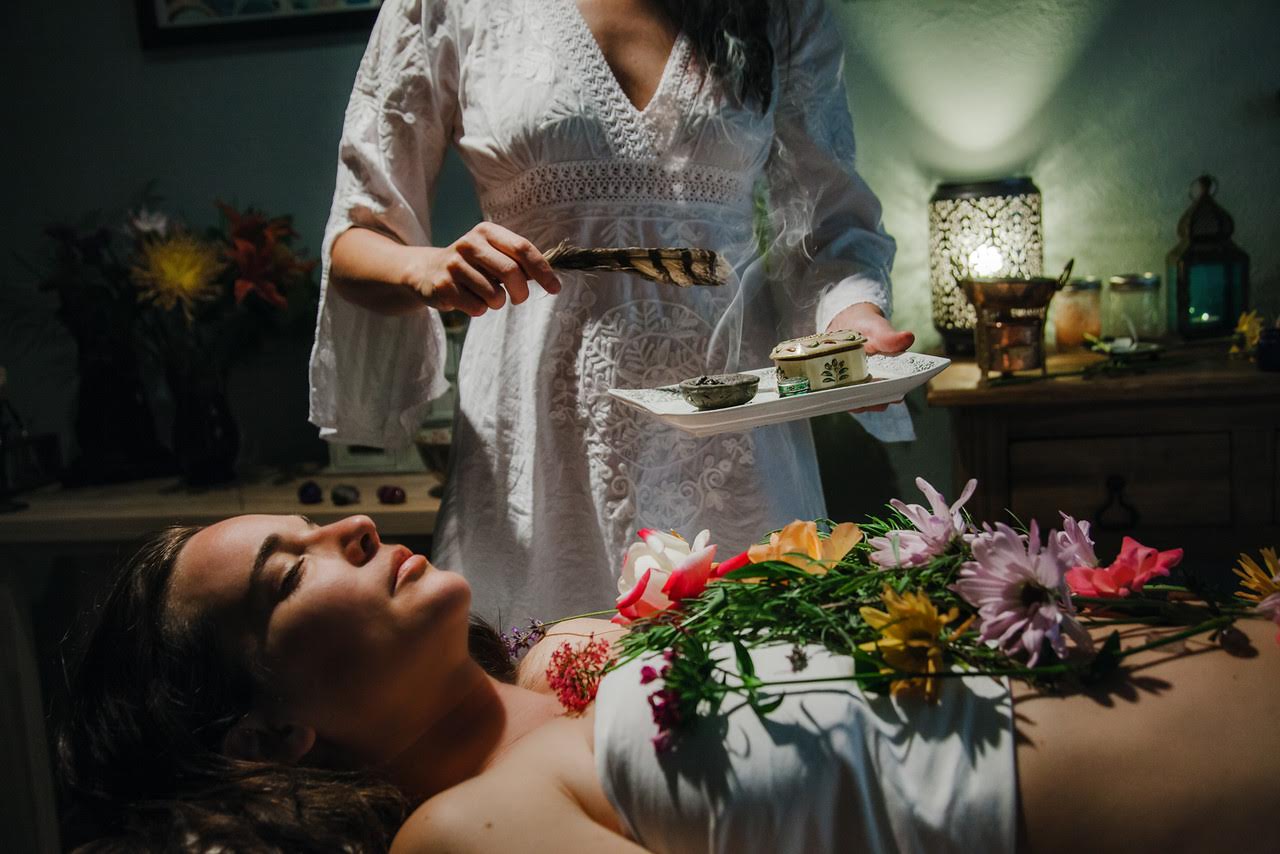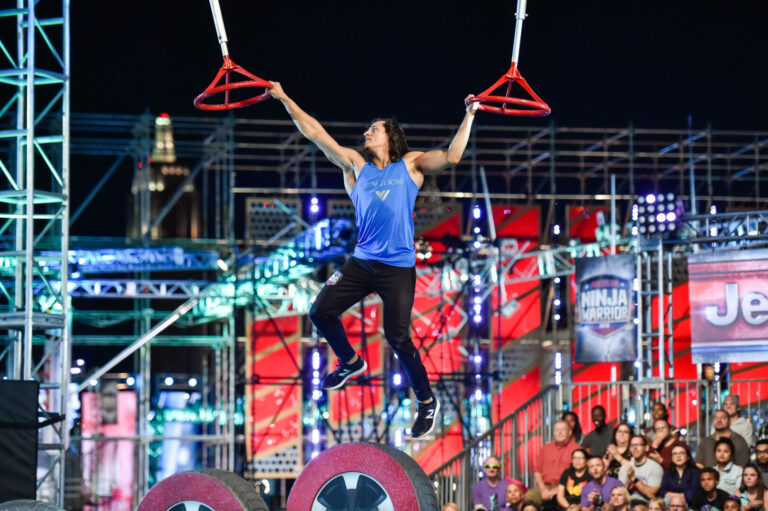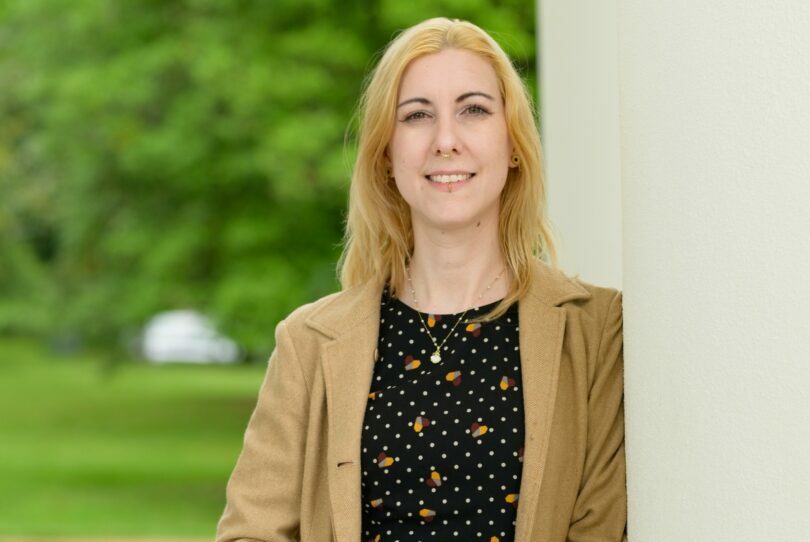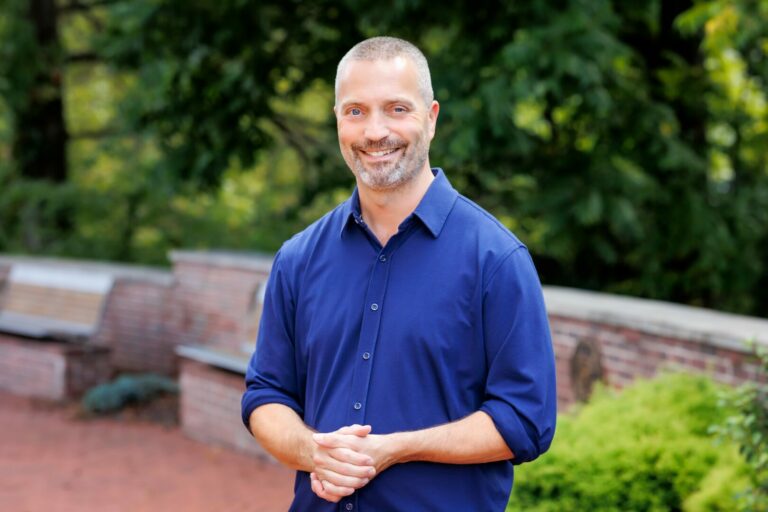We recently connected with Rachel Fisher and have shared our conversation below.
Rachel, thanks so much for taking the time to share your insights and lessons with us today. We’re particularly interested in hearing about how you became such a resilient person. Where do you get your resilience from?
Resilience, for me, has been forged through the transformative fire of midlife initiation. This is often a time where that can be characterized by a series of hardship. This time in a woman’s life is so much more than a mere transition; it’s a profound calling—an invitation to heal childhood wounds, confront physical, emotional, and spiritual challenges, and emerge stronger, wiser, and more whole. It is
For me, this initiation began with heartbreak, hardship, and loss. One of the most mystical and painful experiences I endured was being chosen by my best friend to walk her to the edge of life. She was dying of an aggressive and rare cancer, and she entrusted me to be by her side. To hold space for someone as they journey into the unknown is to glimpse the sacred. It strips away all pretense and leaves you raw and humbled. Around the same time, I lost my father. Despite his lifelong struggle with addiction, he taught me lessons about what truly matters. I had the honor of holding his hand as he passed away, which deepened my understanding of grace, forgiveness, and the fragility of life.
As if these losses weren’t enough, I also faced the dissolution of my marriage. My divorce was harrowing, both legally and emotionally, compounded by the challenges of co-parenting through this upheaval. But the most profound healing work was not external; it was within. Leaving an abusive relationship required me to examine the wounds that brought me there in the first place. It demanded a commitment to healing parts of myself that would never again allow me to be in that position again.
Through it all, I learned that resilience is not cultivated in isolation. Compassionate communities are essential. The angels who show up in human form—sometimes a friend, a mentor, or even a stranger—are the lifelines we can trust, even in our darkest hours. Their presence reminds us that, no matter how lost we feel, help is always available.

Thanks for sharing that. So, before we get any further into our conversation, can you tell our readers a bit about yourself and what you’re working on?
Resilience, for me, has been forged through the transformative fire of midlife initiation. This is often a time where that can be characterized by a series of hardship. This time in a woman’s life is so much more than a mere transition; it’s a profound calling—an invitation to heal childhood wounds, confront physical, emotional, and spiritual challenges, and emerge stronger, wiser, and more whole. Midlife initiation is not something to fear. It is a crucible of transformation that breaks us open and rebuilds us stronger. It calls us to heal and to rise, supported by the communities and practices that ground us.
For me, the journey has been painful, mystical, and ultimately liberating. And through it all, I have discovered that resilience is not a fixed trait but a dynamic process—one we can nurture and grow, even in the face of life’s greatest challenges.
My initiation began with heartbreak, hardship, and loss. One of the most mystical and painful experiences I endured was being chosen by my best friend to walk her to the edge of life. She was dying of an aggressive and rare cancer, and she entrusted me to be by her side. To hold space for someone as they journey into the unknown is to glimpse the sacred. It strips away all pretense and leaves you raw and humbled. Around the same time, I lost my father. Despite his lifelong struggle with addiction, he taught me lessons about what truly matters. I had the honor of holding his hand as he passed away, which deepened my understanding of grace, forgiveness, and the fragility of life.
I also faced the dissolution of my marriage. My divorce was harrowing, both legally and emotionally, compounded by the challenges of co-parenting through this upheaval. But the most profound healing work was not external; it was within. Leaving an abusive relationship required me to confront the deep wounds that had led me there in the first place. It demanded a profound commitment to healing the parts of myself that would no longer tolerate such a situation. The most transformative aspect of this journey was overcoming self-doubt and learning to trust myself again.
Through it all, I learned that resilience is not cultivated in isolation. Compassionate communities are essential. The angels who appear in both human and natural forms—be it a friend, a stranger, or even a plant—become the lifelines we can trust, guiding us through our darkest hours. Their presence reminds us that, no matter how lost we feel, help is always available.
One of the unexpected gifts of my midlife initiation was discovering the empowering practice of belly dance. At 38, I began exploring this ancient art form, and by 42, I was performing professionally—even joining a Denver circus. Along the way, I started a dance blog to document my journey of becoming a dancer later in life, which grew to an impressive social media following of 250,000. Belly dance became a sanctuary for me, a way to heal sexual trauma and release deep-seated shame. It taught me to inhabit my body with joy, confidence, and power. It was not just dance; it was reclamation.
Equally transformative was my discovery of earth-centered healing arts and the compassionate spirits of the plants that grow around us available to us all. These practices became pivotal in my journey, helping me heal on a profound level. Inspired by their power, I devoted my life to this work, using these natural gifts to help others heal as well. Alongside this, I discovered Internal Family Systems (IFS) therapy and somatic parts work, both of which were instrumental in my own healing. These modalities allowed me to address deep-seated emotional wounds and reconnect with fragmented parts of myself. So transformative was this work that I became certified in somatic parts work and integrated it into my healing practice.
Today, I blend acupuncture, soulful bodywork, somatic parts work, and earth-centered healing arts into a healing arts offerings. These modalities help individuals heal on the deepest levels of mind, body, and spirit. I firmly believe that if all these levels are not addressed, healing remains incomplete. By weaving these practices together, I aim to facilitate a comprehensive and holistic healing journey for those I work with. I specialize in midlife initiations, especially navigating the challenging and often confusing time of perimenopause. My holistic approach considers the whole picture—addressing physical, emotional, and spiritual dimensions. As a hormone health specialist, I use the lens of East Asian medicine and hormone testing to guide my work, integrating acupuncture, lifestyle adjustments, nutrition, and herbal medicine to support healing and balance.
Additionally, I’ve deepened my connection with the native plants in my area of Colorado. I gather these plants in ceremony for women, incorporating them into my bodywork offerings. Techniques like plant baths and plant brushing are profoundly transformative. They infuse us with compassion, help us remember our holiness, and release emotional blockages that hold us back. These practices are a way of connecting deeply with the earth’s wisdom and the sacredness within ourselves.
I’m also thrilled to bring my earth-centered healing arts training into my teachings and offerings for women and teens. By helping them learn self-care with the plants that grow around us, available to us all, I aim to show how the compassionate spirits of plant medicine can teach us to be gentle with ourselves and to stop patterns of self-betrayal. This work empowers individuals to embrace their own healing journeys with a renewed sense of connection and purpose.

There is so much advice out there about all the different skills and qualities folks need to develop in order to succeed in today’s highly competitive environment and often it can feel overwhelming. So, if we had to break it down to just the three that matter most, which three skills or qualities would you focus on?
Resilience – Resilience has been a cornerstone of my growth. Life’s challenges—whether heartbreak, loss, or personal transformation—demanded a steadfast determination to keep moving forward. Resilience isn’t about avoiding pain; it’s about learning to navigate it and emerge stronger. Embodiment practices, such as belly dance and yoga, were essential in building resilience. These practices grounded me in my body, allowing me to release stored emotions and connect to my inner strength. Additionally, turning to the natural world for earth-centered healing taught me that resilience is everywhere in nature—plants thrive in the harshest conditions, and so can we. Compassionate communities and healers also played a vital role by reminding me I wasn’t alone, offering support and encouragement when I needed it most.
Faith – Faith, for me, is the quiet but steady belief that even in the darkest moments, there is purpose and guidance to be found. The most difficult and traumatic times in our lives can become keys to freedom if we have the courage to heal the wounds they leave behind. With faith, I’ve learned to see these challenges as profound gifts, trusting that we are given everything we need to heal and grow. Earth-centered healing deepened my faith, as I witnessed the compassionate spirits of plants offering their guidance and support without hesitation. These practices reminded me of the interconnectedness of all things and the abundance available to us when we are open to receiving. Compassionate communities—friends, mentors, and even strangers—helped me hold onto faith when my own faltered, while embodiment practices allowed me to process trauma and reconnect with the divine wisdom within myself.
Self-compassion – Learning to be kind to myself was transformative. Rather than judging myself harshly, I began treating myself with the same care and understanding I offered others. This shift helped me heal deep wounds, rediscover my worth, and rebuild trust in myself. Self-compassion was nurtured through earth-centered healing, where plant medicine offered unconditional support and reminded me of my inherent holiness. Embodiment practices like belly dance also played a crucial role, teaching me to appreciate and honor my body as it was, rather than criticizing it. Compassionate communities offered safe spaces where I could be vulnerable, receive understanding, and learn that I was worthy of love and care.

As we end our chat, is there a book you can leave people with that’s been meaningful to you and your development?
One of the most impactful books in my development has been Handbook for the Heartbroken by Sara Avant Stover. This book not only guided me through a difficult period in my life, but it also laid the groundwork for much of the work I now do with others.
During my own devastating heartbreak and loss in my midlife initiation, I had the privilege of working individually with Sara for about three years. She was my mentor, and through this time, Sara practiced IFS (Internal Family Systems) with me, which was pivotal in my healing. IFS helped me develop a compassionate relationship with all my internal parts—parts that had been in pain and needed attention. I learned how to stop being at war within myself and instead embrace the fragmented parts of me with love and understanding. This approach was life-changing, and it’s something I now use to guide others through their own healing journeys.
In Handbook for the Heartbroken, Sara emphasized that no one is immune to heartbreak, and that our most painful experiences can actually serve as powerful gateways for growth. I learned that healing is not about avoiding pain, but about embracing it, allowing it to transform us, and ultimately guiding us to wholeness. The wisdom of this book helped me see that our wounds, when tended to with compassion, can be the source of our greatest freedom.
The book also explores how heartbreak can be a deeply spiritual experience. Sara encourages us to lean into spirituality, whatever form that may take, and trust that there is meaning in the pain. The divine, or a higher power, can guide us through these difficult times, offering solace, strength, and clarity when we need it most.
The integration of IFS was particularly profound for me, as it helped me recognize that we are not just a singular “whole self,” but rather a collection of internal parts, each with its own story and purpose. By learning to listen to and honor all of these parts from a place of curiosity and compassion, we can create a sense of harmony within. This has been an essential part of my journey and is a practice I now share with others.
Sara’s teachings and the lessons in Handbook for the Heartbroken have shaped how I approach heartbreak, healing, and self-compassion in both my personal life and my work as a healer.
Contact Info:
- Website: https://compassionate-medicine.com
- Instagram: @compassionate_medicine
- Facebook: https://www.facebook.com/compassionatehealingarts/
- Other: ‘A Little Lighter’ podcast episode: Rachel on Darkness, Dance and the Medicine All Around Us – 053
Rachel on Darkness, Dance and the Medicine All Around Us – 053
Elephant Journal: Beholding Your Own Beauty
https://www.elephantjournal.com/2014/06/beholding-your-own-beauty-rachel-fisher/Elephant Journal: Quit Social Media Before You Miss Your Whole Life
https://www.elephantjournal.com/2019/09/admit-youre-a-social-media-addict-before-its-too-late/






Image Credits
Asia Brooks
so if you or someone you know deserves recognition please let us know here.




